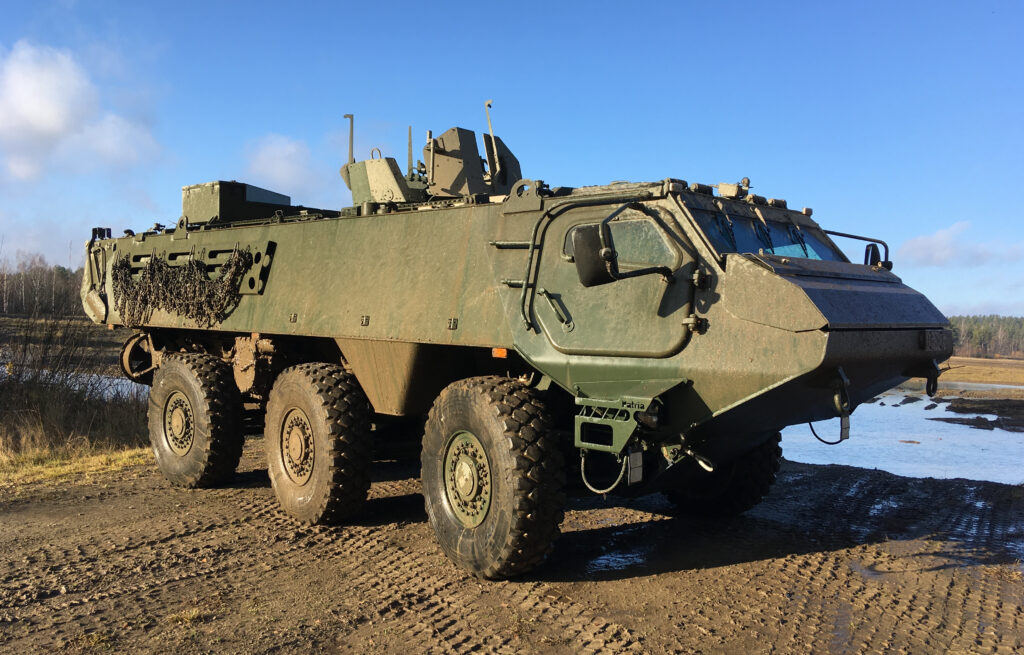The United States has emerged as the primary beneficiary of the European Union’s defence procurement, accounting for a staggering 63% of the EU’s arms purchases from 2022 to 2023.
The U.S. dominance in European market is a significant shift in the arms industry landscape. Formerly the EU countries were much more local in their defence acquisitions. This trend represents a vast majority of the EU’s external acquisitions, which constitute 78% of its total defence commitments during the same period.
Poland Has Been Busy
EU’s defence spending saw a sharp upsurge in 2023, continuing a trend that began in 2014. Notably, countries such as Austria, the Baltic states, Finland, the Netherlands, Slovakia, Slovenia, Sweden, and Poland witnessed substantial budget increases. Poland, in particular, saw a remarkable 46% real-term increase in its defence budget from 2022 to 2023.
Total equipment acquisitions by European countries between 2022 and mid-2023 reached approximately €100 billion, marking an increase of €21.5 billion (or about 33%) from the previous year. Of these acquisitions, a significant portion, approximately 70-75%, can be attributed to initiatives commenced post the outbreak of the war.
Not All Acquisitions Are Linked To Ukraine
Despite the vast influx of U.S. arms, EU manufacturers have also benefitted, albeit to a lesser extent. Sales within the EU amounted to €21 billion since the war’s onset, representing about 22% of the market. Germany stands out as the principal EU supplier, accounting for over 50% of these sales (€11.5 billion), with major buyers including Norway, Greece, and Ukraine. It’s noteworthy that not all acquisitions are directly linked to the ongoing war. For instance, Greece’s €4 billion contracts, including the modernization of Leopard 2A4 tanks and purchase of Lynx KF-41 combat vehicles, were initiated well before the conflict but only materialized in October 2022.
Following Germany, Sweden holds a significant portion of the EU market with sales amounting to €4.7 billion, primarily driven by the purchase of CV-90 armored fighting vehicles by Slovakia and the Czech Republic.
France, trailing behind, captured 12% of the market with €2.5 billion in sales.
European Defence Spending Remains Uncertain
Looking ahead, the sustainability of European defence spending remains uncertain. While the current surge in spending is linked to the war, future budgets will likely be influenced by various factors. These include developments on the Ukrainian battlefield or at the negotiating table, EU countries’ assessments of their capability improvements, and the financial viability of maintaining such spending levels, especially with the EU Stability Pact’s enforcement resuming in 2024.
The U.S.’s dominance in the EU arms market is primarily through the Foreign Military Sales (FMS) program, a government-to-government channel preferred by European buyers for its ease of management compared to commercial contracts. This trend underscores a significant realignment in global defence procurement patterns, reflecting the geopolitical shifts and strategic recalibrations in the post-war era.
Challenging Uncle Sam
According to Politico, the European Commission is formulating strategies to challenge the dominance of U.S. firms in the EU arms market. This move comes in response to the increasing trend of American defense companies leading in European sales. The Commission aims to strengthen Europe’s defense industry, with a particular emphasis on adopting government-to-government contract models similar to those in the U.S., thereby boosting the competitiveness of European arms manufacturers. The urgency of this initiative has been heightened by the need for European countries to quickly enhance their military capabilities following Russia’s invasion of Ukraine. The efficiency of U.S. firms in swiftly delivering defence equipment has given them a substantial edge over their European counterparts, underscoring the necessity for swift and strategic modifications in EU defence procurement practices
Read More:
European Parliament: Reinforcing the European defence industry
RUSI: Europe Must Urgently Prepare to Deter Russia Without Large-Scale US Support
Politico: Brussels wants to beat the Pentagon at its own game on arms sales
IRIS: The Impact Of The War In Ukraine On The European Defence Market



